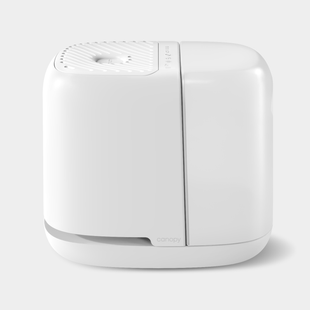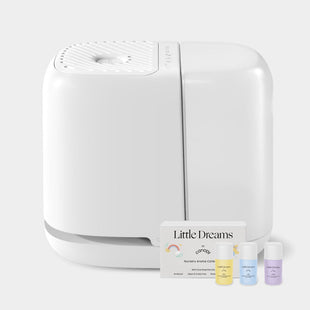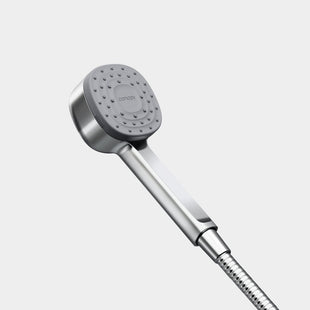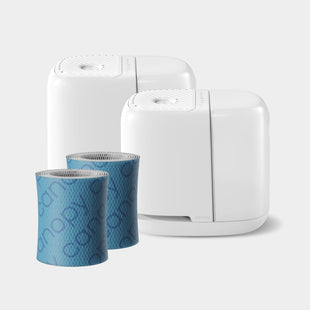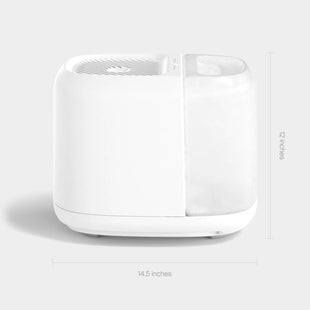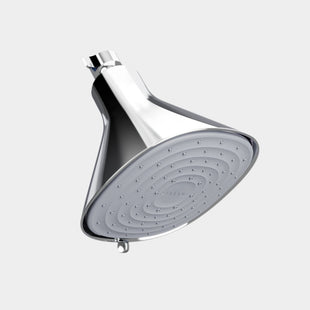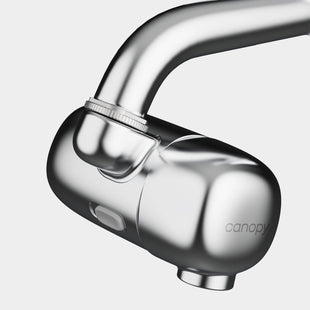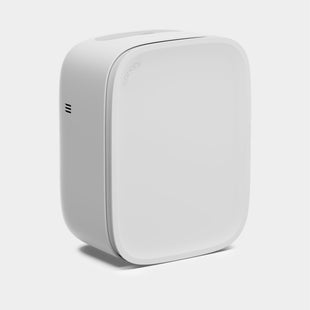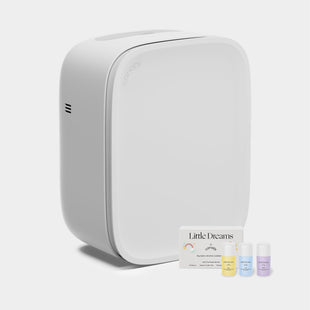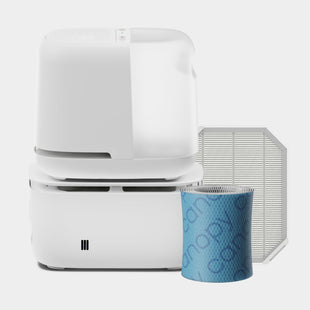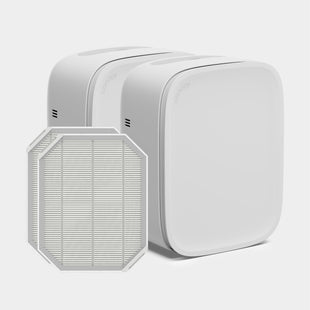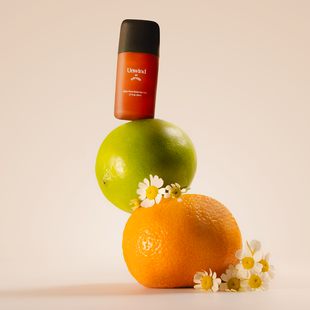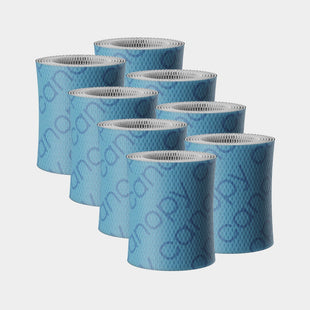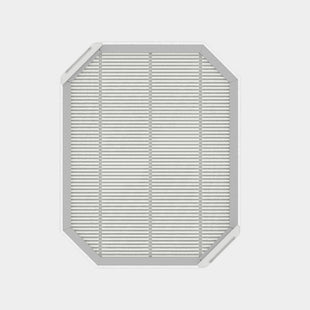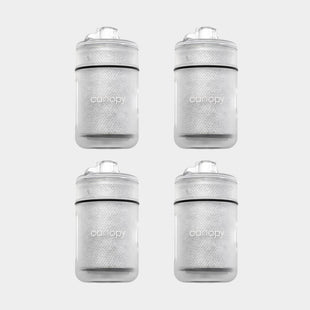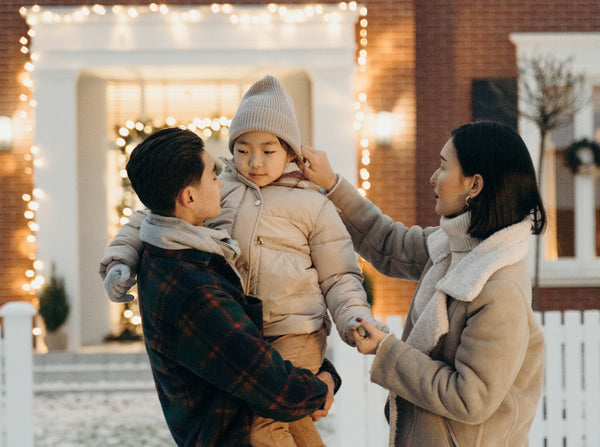When the weather outside grows cold and dry, most people stay home to escape the winter chill. But if your home can’t properly keep the frigid air out, how can you stay comfortable?
Many older houses are drafty, poorly insulated, or simply aren’t equipped with the modern technology that allows newer homes to maintain ideal temperature and moisture levels. Even if you live in an older property, there are plenty of tricks to help you keep the chill at bay. It all starts with understanding why your home is more likely to feel cool and drafty.
Why Are Older Homes Colder in the Winter?
Old HVAC System
You can expect an HVAC system to last anywhere from 10 to 20 years. As time goes by, your heater and air conditioner will gradually become less efficient. Newer models feature better energy efficiency and, in some cases, a longer lifespan. Even if you have some new HVAC equipment, it might not be enough to offset older ductwork or reliance on individual window or floor units.
Loss or Lack of Insulation
Insulation prevents heat from transferring into or out of your home, keeping it warm in the winter and cool in the summer. Even if your home was built with insulation, the original material might have deteriorated since it was installed. Buildings experience significant heat loss when they have inadequate insulation.
Air Leaks and Gaps
Older homes shift and settle over the years, creating gaps, cracks, and leaks where cold air can seep in. Leaks are most common around window and door frames.
Outdated Windows
Traditional single-pane windows do little to prevent heat loss. Today’s most energy-efficient windows have double panes, gas filling, low-emissivity coatings, and other innovations that stop heat transfer while allowing in plenty of light.
How to Keep an Old or Drafty House Warm
Short of renovating your home or replacing your heating system, there are many low-cost DIY methods of preserving heat. The tips below will teach you how to winterize an old house.
1. Dress Warmly

The fastest and easiest way to warm up is by bundling up. Wear long-sleeve undershirts, fleece-lined leggings, long johns, and other layers underneath your everyday clothes. Sweaters, sweatpants, hats, warm socks, and house slippers will keep you feeling toasty. Leave throw blankets throughout the house for easy bundling.
2. Tackle Drafty Windows & Doors
Air leaks can let in uncomfortable drafts while hiking up your heating bill. Use caulking on the creases between window and door frames and the wall, inside and outside, to fill any gaps. If your single-pane windows aren’t keeping out the cold, but you don’t have the budget for energy-efficient replacements, window insulation kits are an affordable and easy-to-use option.
3. Let in the Sun
Are you making the most of your natural resources? Windows facing direct sunlight can provide a lot of heat—especially south- and west-facing windows. Southern exposures get a good amount of light throughout the day, and western exposures get a concentrated dose of light in the afternoon as the sun prepares to set.
Keep the shades, blinds, or curtains over these windows open when the sun is out and close them at night to prevent heat loss. All other windows should be kept covered. Consider investing in blackout or thermal curtains or using blankets for low-cost heat retention.
4. Get a Humidifier
Winter air is uncomfortable not only because it’s cold but also because it’s dry. Cold air holds less moisture, and when humidity is low, it feels even colder. Running a humidifier will moisturize the air in your home and improve its ability to retain heat. If you’re worried about adding too much moisture, Canopy humidifiers have a sensor that maintains optimal moisture for 24/7 comfort. Even better, adding our soothing aromatherapy blends to your humidifier may help you fight cold and flu season.


